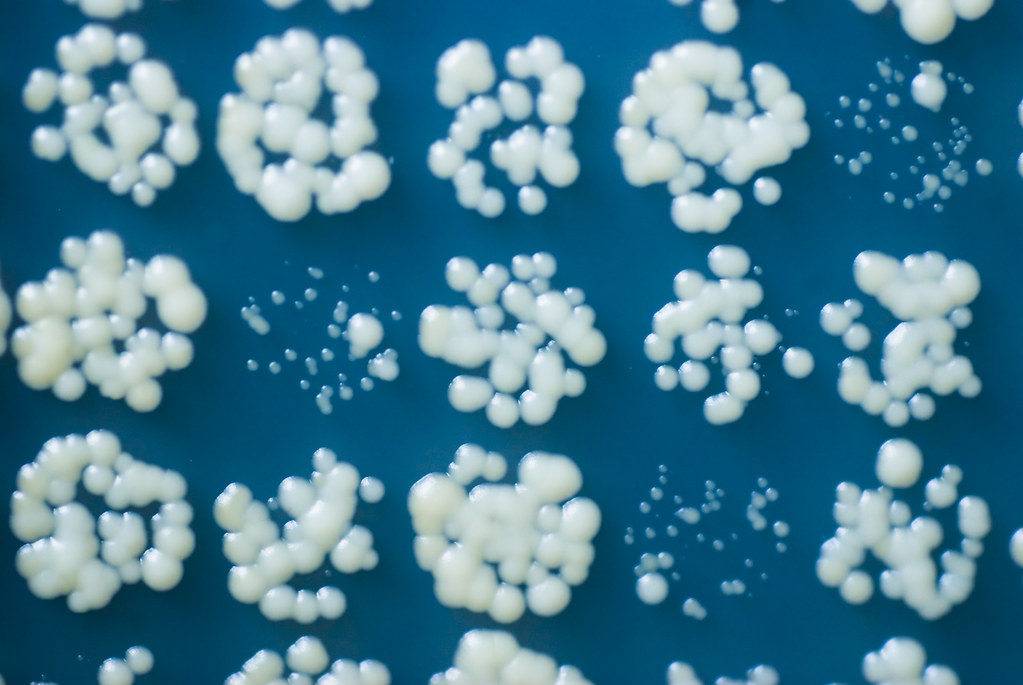=========
Image analysis software for estimating cell density in arrayed microbial cultures growing on solid agar
- Python 3 compatible - installation via pip more straightforward
- New command-line interface - separate analysis scripts merged into improved command-line structure
- Improved documentation - access hints about options directly on the command line (type
colonyzer -hat command prompt) - Easier grid location - only specify gridded array format, Colonyzer.txt calibration files should not be necessary for most images
- Improved grid location algorithms - estimate grid width by autocorrelation analysis, grid location and rotation by gradient-based optimisation (with optional global search)
- Improved spot location algorithm - recursive estimation of centre of mass of each spot, subject to no increase in signal along tile edge, refines grid location estimates for irregular spots
- Alternative segmentation algorithm - detects cells by first detecting culture edges and infilling: even higher sensitivity at very low signal levels
- Improved lighting correction - generate pseudo-empty plate by infilling segmented pixels using a Gaussian Random Markov Field update
- Test datasets - suite of problematic images for checking performance of scripts and algorithms
Submitting updates to Colonyzer2 PYPI pages
First, increment the version number in setup.py.
If you have not already registered a username with PYPI you should do that. Then authenticate yourself:
python setup.py registerThen, navigate to the directory containing setup.py and upload the updated package at the command-line as follows:
python setup.py sdist uploadWebsite describing current, stable release: http://research.ncl.ac.uk/colonyzer/
Open access manuscript describing Colonyzer algorithms: http://dx.doi.org/10.1186/1471-2105-11-287
Open access video and manuscript demonstrating the use of Colonyzer within a Quantitative Fitness Analysis workflow http://www.jove.com/video/4018
